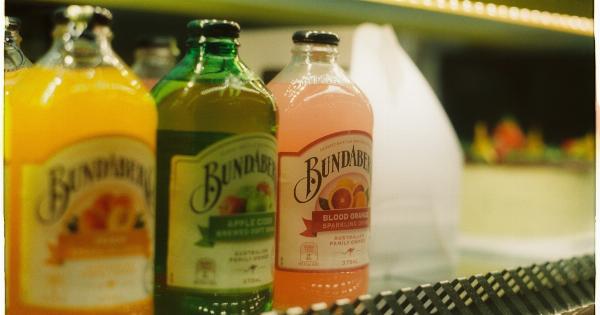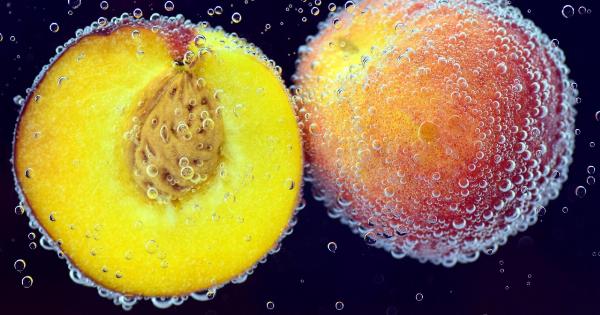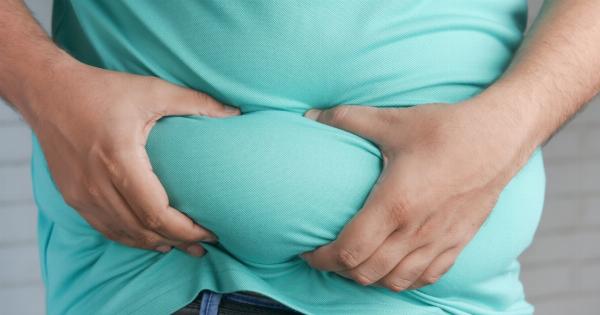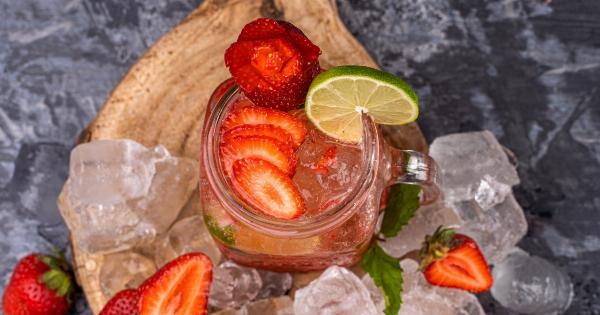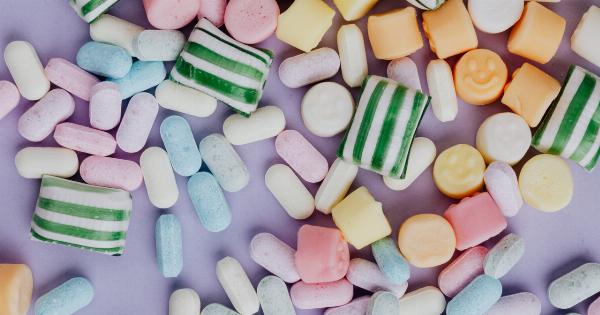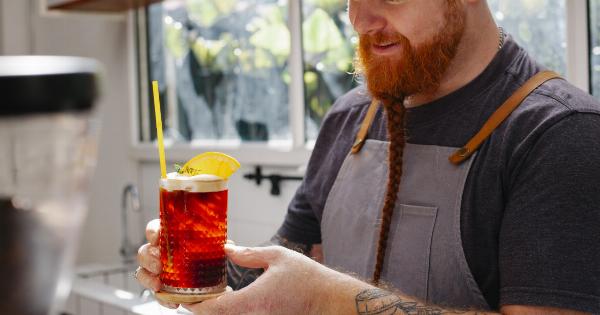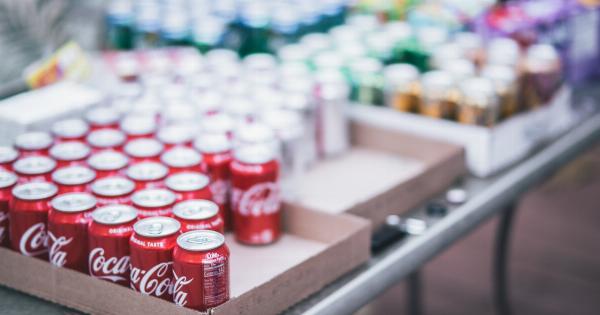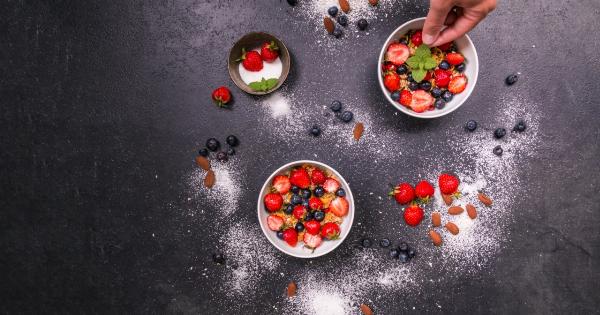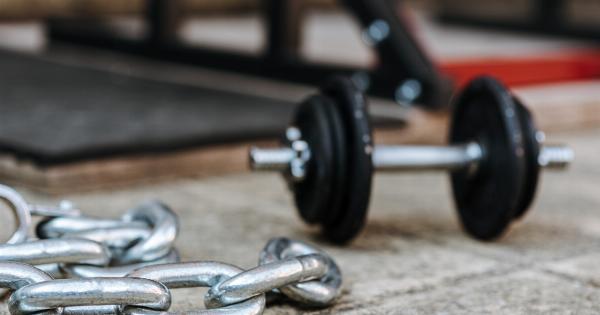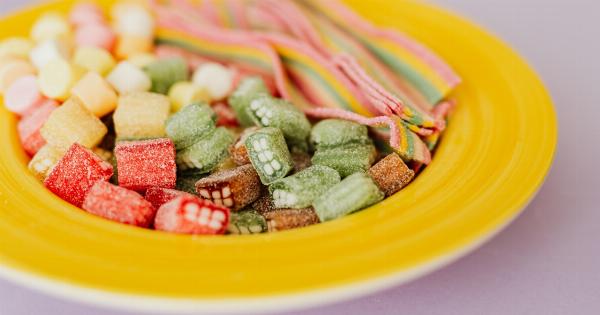Sugar content measurement is a crucial task in various industries, including food and beverage, pharmaceutical, and biofuel production.
Accurate measurement of sugar content is essential for quality control, product development, and regulatory compliance. However, there are several challenges and problems encountered in measuring sugar content, which can affect the reliability and accuracy of the results.
In this article, we will explore some of the common problems faced in measuring sugar content and discuss their implications.
1. Instrument Calibration
Instrument calibration is a critical step in measuring sugar content accurately. The calibration process ensures that the instrument provides consistent and reliable readings.
However, improper calibration or lack of regular calibration can lead to inaccurate results. Factors such as temperature variation, sensor drift, or instrument aging can affect calibration, leading to errors in sugar content measurement.
2. Sample Preparation
The quality and preparation of the sample can significantly impact the accuracy of sugar content measurement. Incomplete sample dissolution, presence of impurities, or incorrect sample handling can interfere with the measurement process.
Contaminants or foreign substances in the sample can affect the refractive index or density readings, leading to erroneous sugar content calculations.
3. Interference from Other Compounds
Many beverages and food products contain compounds that can interfere with the measurement of sugar content.
For example, certain organic acids, alcohols, or proteins can affect the refractive index, density, or polarimetry readings used to measure sugar content. These interferences can result in misleading or inaccurate measurements if not properly accounted for during the analysis.
4. Temperature Effects
Temperature is a crucial parameter in sugar content measurement. Changes in temperature can impact the refractive index, density, or enzymatic reactions used in various measuring methods.
If the temperature is not controlled or compensated properly, it can introduce errors in the measurements. Thermal expansion or contraction of the sample may lead to volume changes affecting density measurements, or temperature-dependent solubility changes might impact the accuracy of the measurement.
5. Sample Heterogeneity
Sugar content measurement requires a representative sample for accurate analysis. Inhomogeneous or non-uniform samples can lead to errors in the measurement results.
Uneven distribution of sugar crystals, suspended particles, or variations in dissolved sugar concentration can affect the readings, making it challenging to obtain reliable and consistent sugar content values.
6. Analytical Method Selection
Different analytical methods are available for measuring sugar content, including refractometry, density determination, polarimetry, and enzymatic analysis.
Each method has its advantages and limitations, and the choice of method depends on the sample type, required accuracy, and other experimental factors. However, improper method selection or limited knowledge about method-specific interferences can result in inaccurate measurements.
7. Matrix Effects
The matrix of the sample refers to its composition and physical properties. The matrix can have a significant impact on the measurement of sugar content.
Variation in the sample matrix, such as additional dissolved substances, suspended particles, or fluctuations in pH, can influence the measurement readings. Matrix effects need to be carefully considered and accounted for to ensure accurate sugar content determination.
8. Time and Cost Constraints
Time and cost constraints often influence the measurement practices in various industries. Rapid analysis methods or cheaper alternatives may be preferred, but they might compromise accuracy.
Limited time and resources can prevent exhaustive sample preparation, proper calibration, or multiple replicate measurements, leading to less reliable sugar content results.
9. Measurement Technique Limitations
Each measurement technique for sugar content determination has its limitations. For example, refractometry and polarimetry are sensitive to changes in temperature, while density measurements can be affected by sample homogeneity.
Enzymatic methods may have specificity issues with different sugar types. Understanding the limitations of each technique and mitigating their effects is crucial for obtaining accurate sugar content measurements.
10. Method Validation and Standardization
Method validation and standardization are essential steps in ensuring accurate sugar content measurements. Lack of proper validation or adherence to standard protocols can compromise the reliability of the results.
Variations in measurement protocols, sample preparation techniques, or instrument calibration procedures can lead to inconsistent results, making it challenging to compare or reproduce sugar content measurements.





